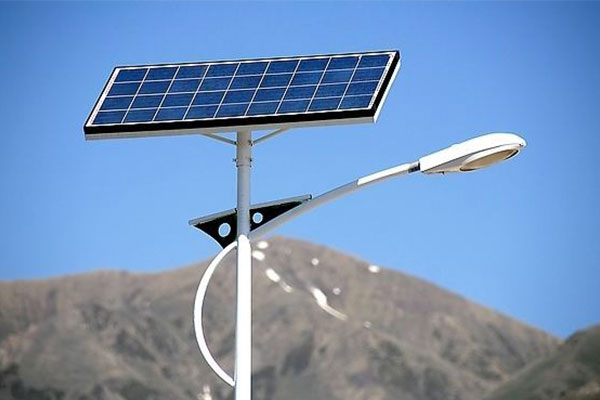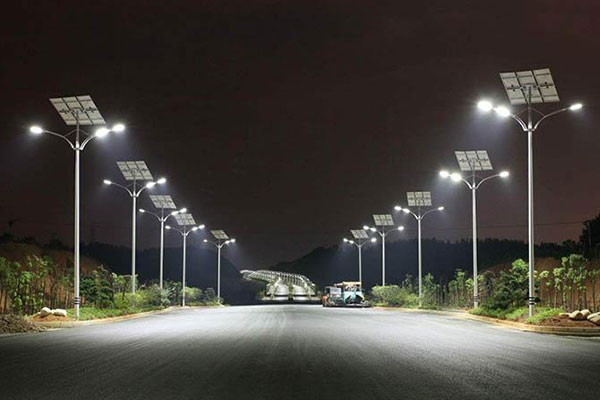How Long Can a Solar Street Light Last?
In recent years, solar street lights have emerged as a beacon of sustainable lighting solutions, revolutionizing the way we illuminate our roads, pathways, and public spaces. These eco-friendly alternatives to traditional street lighting not only harness the power of the sun but also offer cost savings, reduced carbon footprint, and minimal maintenance requirements. One of the most common questions among those considering solar street lights is: How long can they last? Let’s delve into the factors influencing the lifespan of solar street lights and what you can expect in terms of durability.

Understanding the Lifespan:
The lifespan of a solar street light depends on various factors, including the quality of components used, environmental conditions, maintenance, and the technology incorporated. Typically, a high-quality solar street light can last anywhere between 10 to 20 years. However, it’s essential to note that certain components may require replacement or maintenance during this period to ensure optimal performance.
Key Factors Influencing Longevity:
- Quality of Components: The durability of solar street lights heavily relies on the quality of components such as solar panels, batteries, LED lights, and the controller. Investing in lights equipped with high-grade materials and components can significantly extend their lifespan.
- Battery Performance: Batteries are crucial for storing solar energy during the day for use at night. The type of battery and its capacity affect the longevity of solar street lights. Lithium-ion batteries are known for their longevity and performance compared to traditional lead-acid batteries.
- Solar Panel Efficiency: Solar panels convert sunlight into electricity, powering the street lights. High-efficiency solar panels can withstand harsh weather conditions and maintain optimal performance over the years, ensuring prolonged lifespan.
- Environmental Conditions: The operating environment plays a significant role in determining the lifespan of solar street lights. Extreme temperatures, humidity, dust, and corrosive atmospheres can impact the performance and longevity of the lights. Quality materials and weatherproof designs are essential for withstanding challenging environmental conditions.
- Maintenance Practices: Regular maintenance and upkeep are vital for maximizing the lifespan of solar street lights. This includes cleaning solar panels, inspecting components for wear and tear, and ensuring proper functioning of the entire system. Timely replacements of batteries or faulty components can prevent premature failure and extend the lifespan of the lights.

Maximizing Longevity with Proper Care:
To ensure that your solar street lights stand the test of time, here are some best practices to follow:
- Conduct regular inspections and maintenance checks to identify and address any issues promptly.
- Keep the solar panels clean and free from dirt, debris, and snow to optimize energy absorption.
- Check and replace batteries when needed to maintain optimal performance.
- Choose a reputable manufacturer known for quality products and reliability.
- Install solar street lights in locations with adequate sunlight exposure and minimal shading.
Conclusion:
Solar street lights offer a sustainable and efficient lighting solution for various outdoor applications. While their lifespan can vary depending on several factors, investing in high-quality lights, proper maintenance, and favorable environmental conditions can ensure longevity and reliable performance for years to come. By harnessing the power of the sun, solar street lights illuminate not just our paths but also pave the way towards a greener and more sustainable future.

